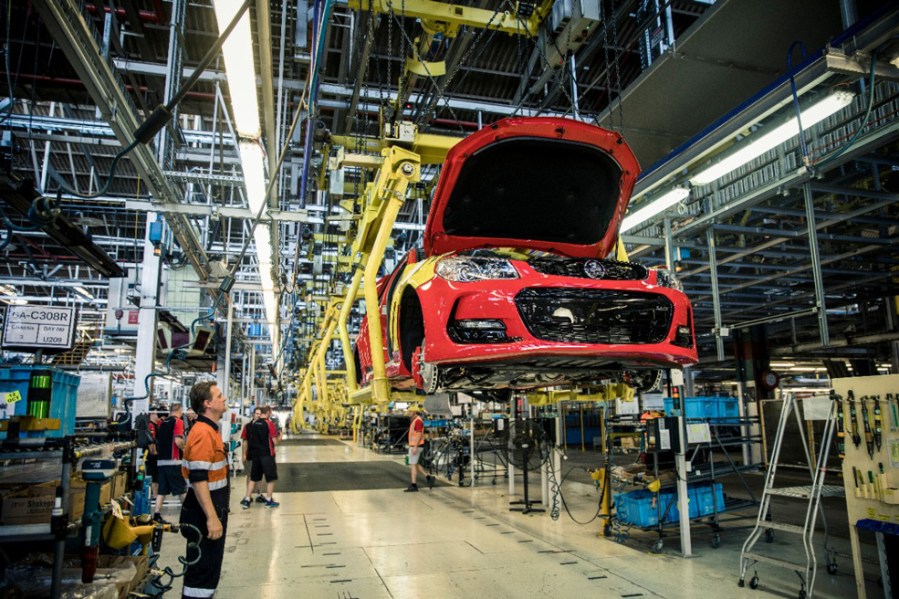Could Holden’s once-teeming Port Elizabeth factory soon be building British designed EVs?
The manufacturing assets of Australian car maker Holden could soon be making electric vehicles – if a bid from Liberty House Group is successful.
The Indian firm’s conglomerate, GFG Alliance, owned by the Gupta family in control of Liberty House Group, wants to buy the Adelaide factories recently shut down by the Antipodean marque ,which manufactured its last domestically built car in October 2017.
Financial protectionism made many of Australia’s car makers uncompetitive against Japanese imports; Holden, with nearly 100 years of car-making history, was the first to set up and the last to leave. Holden’s Port Elizabeth plant opened in 1963: if it was put back to work making battery-powered vehicles, it would become part of Liberty’s bustling automotive empire.
GFG Alliance boss Sanjeev Gupta has many links to the British car industry. In 2015, Liberty bought Caparo Vehicle Technologies, custodians of the historic AP Lockheed brake and clutch back catalogue, responsible for the hydraulic systems of many British classics. This saved 89 jobs at the Tachbrook Lane site in Leamington Spa, the home of what was originally known as the Lockheed Brake Company Limited since 1931. Renamed Liberty Vehicle Technologies, production of spares has continued unhindered.
Since then, Liberty has added a number of significant (but financially troubled) British engineering and steel companies to its collection – the latter of which supply a quantity of steel to Jaguar Land Rover. If the former Holden Port Elizabeth factory were to open again under the Liberty banner, the electric cars it made would be partially engineered by Gordon Murray Design, the same firm which had a considerable hand in the new TVR Griffith.
South Australia’s treasurer, Tom Koutsantonis, wrote a letter to General Motors Holden, the vendor, urging to consider the GFG/Liberty offer. “We are incredibly excited and supportive of the GFG Alliance’s bid and subsequent plans to ensure the continuation of our very proud history of automotive excellence and innovation in South Australia,” the Financial Times quoted.






